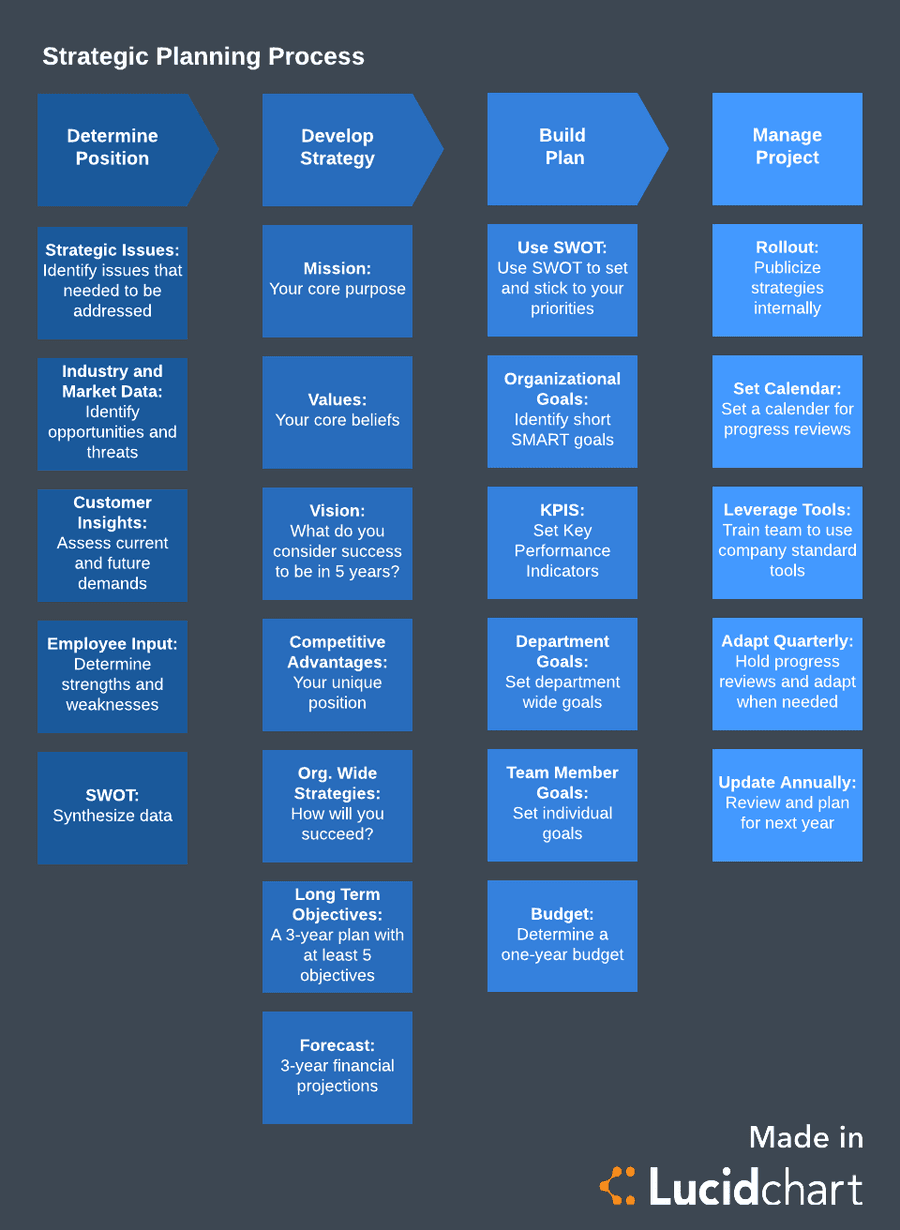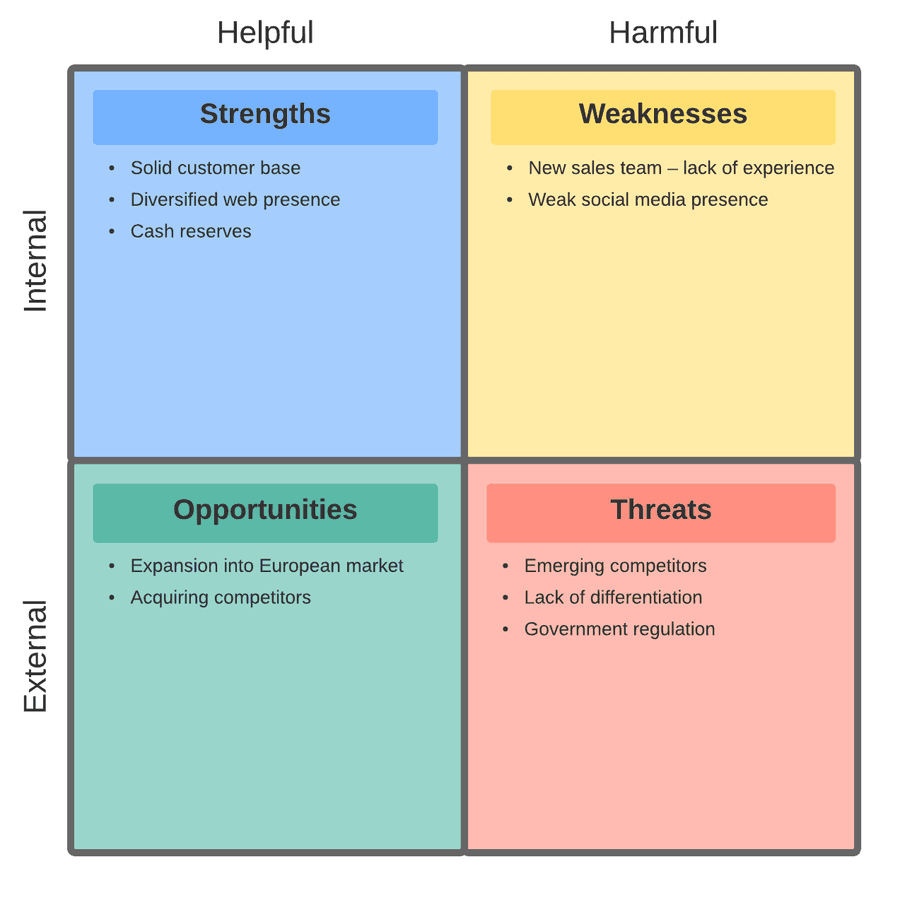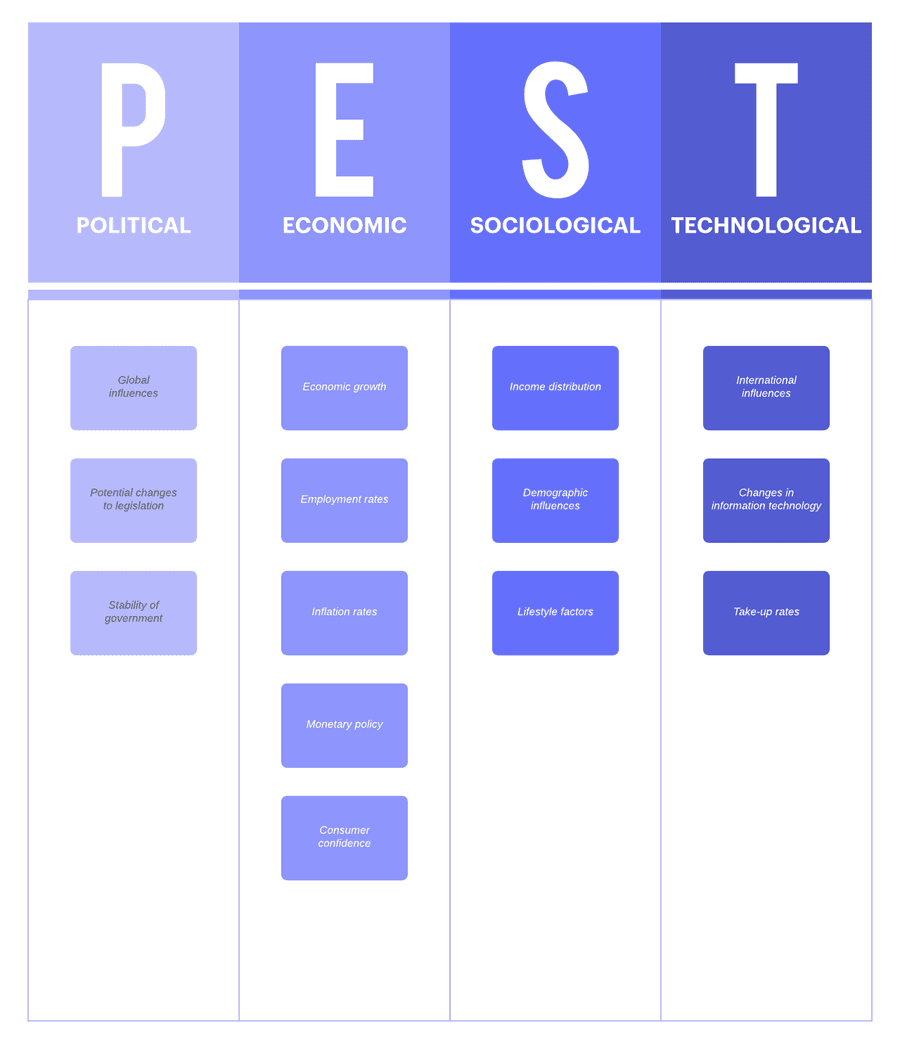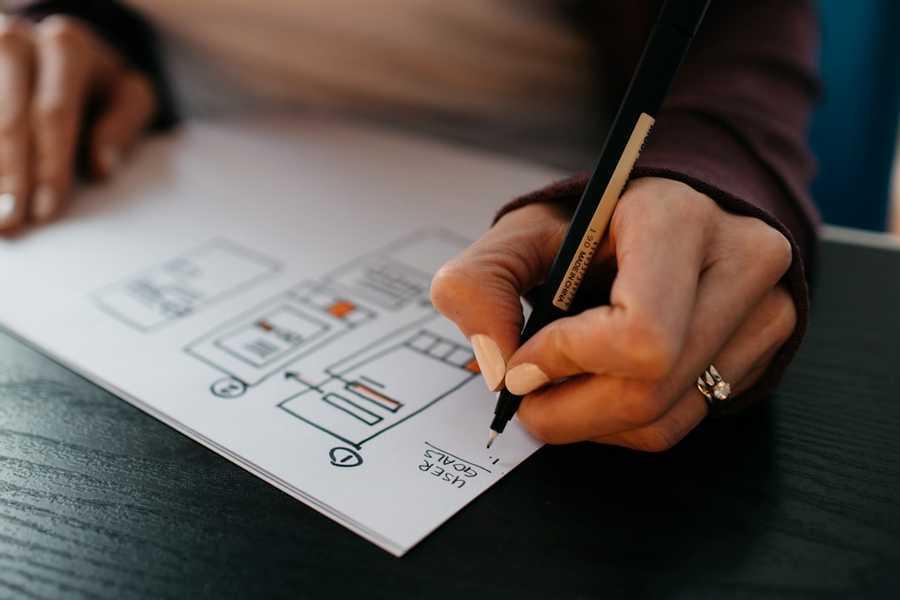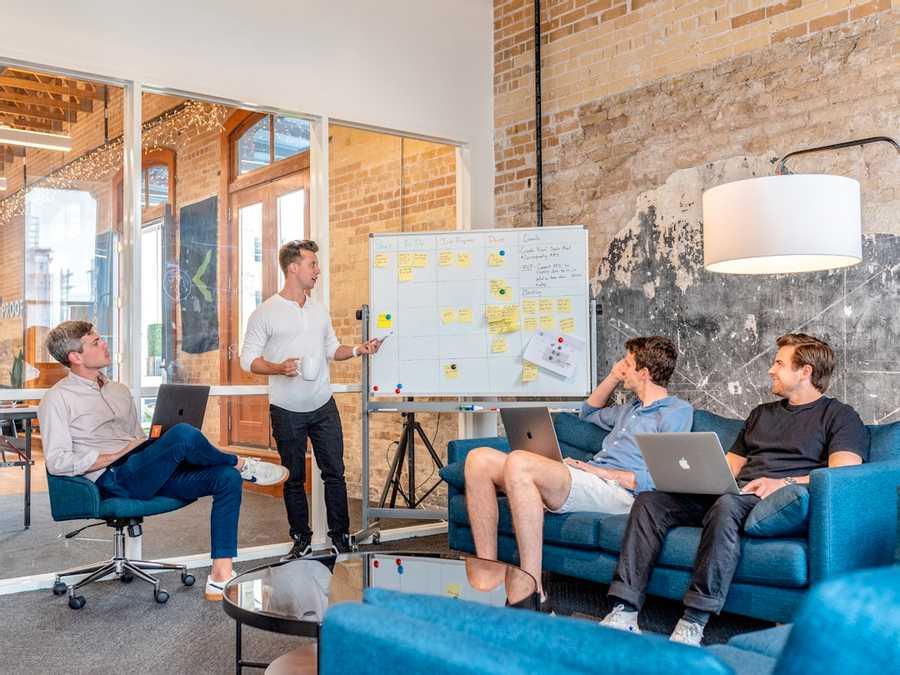Explore the World's Best Ideas
Join today and uncover 100+ curated journeys from 50+ topics. Unlock access to our mobile app with extensive features.
What is Strategic Planning Process?
- In the simplest terms, the strategic planning process is the method that organizations use to develop plans to achieve overall, long-term goals.
- The strategic planning process is broad — it helps you create a roadmap for which strategic objectives you should put effort into achieving and which initiatives will be less helpful to the business.
- The strategic planning process steps are outlined below.
236
1.18K reads
1. Determine your strategic position
- This preparation phase sets the stage for all work going forward. You need to know where you are to determine where you need to go and how you will get there.
- Get the right stakeholders involved from the start, considering both internal and external sources.
- Identify key strategic issues by talking with executives at your company, pulling in customer insights, and collecting industry and market data to get a clear picture of your position in the market and in the minds of your customers.
- It can also be helpful to review—or create if you don’t have them already—your company’s mission and vision statements to give yourself and your team a clear image of what success looks like for your business.
- In addition, you should review your company’s core values to remind yourself about how your company will go about achieving these objectives.
- Document your organization's internal strengths and weaknesses, along with external opportunities (ways your organization can grow in order to fill needs that the market does not currently fill) and threats (your competition).
228
230 reads
Use a SWOT Diagram
- As a framework for your initial analysis, use a SWOT diagram.
- With input from executives, customers, and external market data, you can quickly categorize your findings as Strengths, Weaknesses, Opportunities, and Threats (SWOT) to clarify your current position.
229
530 reads
Use PEST Analysis
- An alternative to a SWOT is PEST analysis. Standing for Political, Economic, Socio-cultural, and Technological, PEST is a strategic tool used to clarify threats and opportunities for your business.
- As you synthesize this information, your unique strategic position in the market will become clear, and you can start solidifying a few key strategic objectives.
- Often, these objectives are set with a 3 to 5-year horizon in mind.
229
337 reads
2. Prioritize your objectives
- Once you have identified your current position in the market, it is time to determine objectives that will help you achieve your goals.
- Your objectives should be in line with your company mission and vision.
226
354 reads
2. Prioritize your objectives (cont.)
Prioritize your objectives by asking important questions such as:
- Which of these initiatives will have the greatest impact when it comes to achieving our company mission/vision and improving our position in the market?
- What types of impact are most important (e.g. customer acquisition vs. revenue)?
- How will the competition react?
- Which initiatives are most urgent?
- What will we need to do to accomplish our goals?
- How will we measure our progress and determine whether we achieved our goals?
227
247 reads
Objectives and Goals
- Objectives should be distinct and measurable to help you reach your long-term strategic goals and initiatives outlined in step one.
- Potential objectives can be updating website content, improving email open rates, and new leads in the pipeline.
- SMART goals are useful to determine a timeline and identify the resources needed to achieve the goals, as well as key performance indicators (KPIs) to make your success measurable.
225
221 reads
3. Develop a plan
- Now it's time to create a strategic plan to successfully reach your goals. This step requires determining the tactics necessary to attain your objectives and designating a timeline and clear communication of responsibilities.
- Strategy mapping is an effective tool to visualize your entire plan.
- Working from the top-down, strategy maps make it simple to view business processes and identify gaps for improvement.
- Truly strategic choices usually involve a trade-off in opportunity cost. For example, your company may decide to not put as much funding behind customer support, so that it can put more funding into creating an intuitive user experience.
227
160 reads
4. Execute and manage the plan
- Once you have the plan, you’re ready to implement it.
- First, communicate the plan to the organization by sharing relevant documentation. Then, the actual work begins.
- Turn your broader strategy into a concrete plan by mapping your processes.
- Use KPI dashboards to clearly communicate team responsibilities. This granular approach illustrates the completion process and ownership for each step of the way.
- Set up regular reviews with individual contributors and their superiors and determine check-in points to make sure you’re on track.
223
153 reads
5. Review and revise the plan
- The final stage of the plan—to review and revise—gives you an opportunity to reevaluate your priorities and course-correct based on past successes or failures.
- On a quarterly basis, determine which KPIs your team has met and how you can continue to meet them, adapting your plan as necessary.
- On an annual basis, it’s important to reevaluate your priorities and strategic position to ensure that you stay on track for success in the long run.
- Track your progress using balanced scorecards to provide a comprehensive understanding of your business's performance and execute strategic goals.
221
140 reads
Notes to Self
Over time you may find that your mission and vision need to change — an annual evaluation is a good time to consider those changes, prepare a new plan, and implement again.
224
214 reads
Master the strategic planning process steps
- As you continue to implement the strategic planning process, repeating each step regularly, you will start to make measurable progress toward achieving your company’s vision.
- Instead of always putting out fires, reacting to the competition, or focusing on the latest hot-button initiative, you’ll be able to maintain a long-term perspective and make decisions that will keep you on the path to success for years to come.
- Use a strategy map to turn your organization's mission and vision into actionable objectives.
221
195 reads
IDEAS CURATED BY
Lawyer turned Artist Visionary Curator & Gallerist. Empowering self-love and joy through art & words. www.innerjoyart.com 💝 Instagram : dymphna.art
Similar ideas
6 ideas
4 ideas
4 ideas
Read & Learn
20x Faster
without
deepstash
with
deepstash
with
deepstash
Personalized microlearning
—
100+ Learning Journeys
—
Access to 200,000+ ideas
—
Access to the mobile app
—
Unlimited idea saving
—
—
Unlimited history
—
—
Unlimited listening to ideas
—
—
Downloading & offline access
—
—
Supercharge your mind with one idea per day
Enter your email and spend 1 minute every day to learn something new.
I agree to receive email updates

